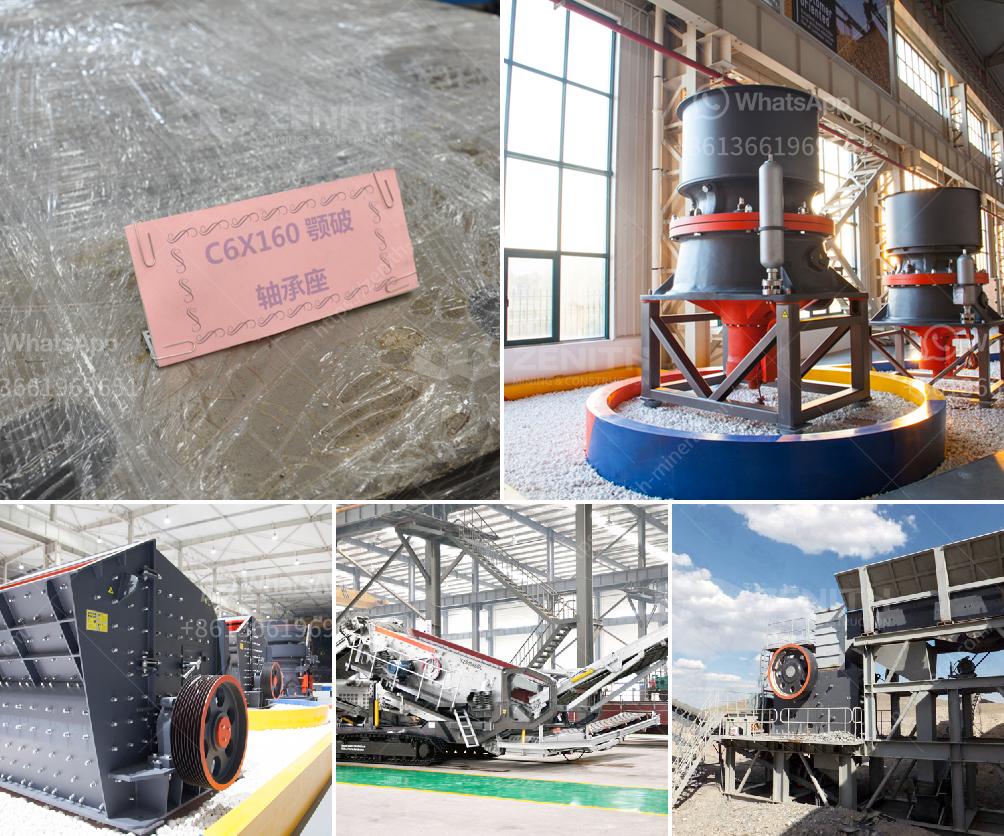Building a gravel crusher involves several steps and considerations to ensure it operates efficiently and safely. Here’s a general guide to help you understand the process:
1. Design and Planning:
-
Determine Your Requirements:
- Capacity: How much gravel do you need to produce?
- Size of Gravel: What size of gravel is required?
-
Sketch a Basic Design:
- Identify the type of crusher (e.g., jaw crusher, cone crusher, impact crusher).
- Plan the layout, workflow, and components.
2. Procurement of Materials and Tools:
-
Materials:
- Steel plates and beams
- Motors
- Bearings
- Springs
- Conveyor belts
- Frame materials
-
Tools:
- Welding equipment
- Cutting tools
- Drilling equipment
- Safety gear
3. Building the Frame:
-
Cutting and Preparing Parts:
- Cut the steel beams and plates to the required dimensions.
- Drill holes for bolts and other components as needed.
-
Welding the Frame:
- Weld the steel components to form a sturdy frame. Ensure all joints are well-secured for stability.
4. Installing the Jaw/Crusher:
-
Mount the Crusher on the Frame:
- Place the crusher on the frame and secure it using bolts and additional welds if necessary.
-
Install Bearings and Shafts:
- Place bearings in position and insert shafts, ensuring smooth rotation.
-
Mount the Motor:
- Connect the motor to the crusher using belts or direct drive, depending on the crusher type.
5. Setting Up the Conveyor System:
-
Install Conveyor Belts:
- Attach and secure conveyor belts to the appropriate locations for feeding and output of gravel.
-
Ensure Proper Alignment:
- Align the conveyors to ensure efficient material handling and minimal spillage.
6. Testing and Adjustment:
-
Initial Testing:
- Start the crusher and conveyor system without any material to check for proper operation.
- Listen for unusual noises and monitor the system for any issues.
-
Make Adjustments:
- Adjust the settings to achieve the desired gravel size.
- Tighten any loose components.
7. Safety Measures:
-
Install Safety Guards:
- Place guards around moving parts and belts to prevent injuries.
-
Emergency Stop Mechanisms:
- Ensure there are easily accessible emergency stop buttons.
-
Regular Maintenance:
- Establish a routine checkup and maintenance schedule to keep the machine in good condition.
8. Operational Training:
-
Train Operators:
- Ensure that those operating the crusher know how to use it safely and efficiently.
-
Instruction on Upkeep:
- Provide instructions regarding daily maintenance and troubleshooting.
Final Note:
If you’re not experienced in mechanical construction and engineering, it might be prudent to consult with or hire a professional to ensure the crusher is built safely and operates effectively. Additionally, always observe local regulations and safety standards when working on such projects.


